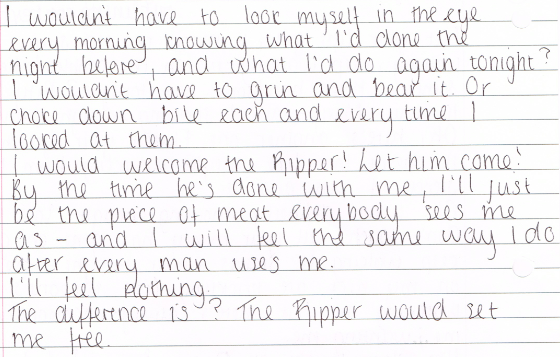

If a person expresses a feeling of heartbreak, I do not replay the words in any one voice inside of my head, but rather picture a physical heart splitting in two along with a sound that can be associated with the thought - perhaps stepping on eggshells or the sound of a steel-toed boot smashing a fragile object resting on the ground.Īs the individual who expressed his shock following the discovery, I too was surprised to learn that hearing voices in a true linguistic form within the parameters of one’s own mind was both possible and involuntary for many. So for myself personally, I see the words a person is speaking as they would appear being typed on the page of a computer screen and never once will hear the person’s voice speaking them, nor my own. My responses to information in any facet come in two forms - auditory and visual. In other words, some might hear a dog barking. If I were to say the word, ‘dog’ to you, your mind would likely do one of three things - picture a canine of some sort, the word itself, or hear a voice saying ‘dog.’ But for myself and others, there is a fourth option: sound. People can experience inner thoughts through emotion, sound, imagery, feeling, and text.

The feedback was tremendous and very insightful for both sides - those with an inner monologue and those without with one person even mentioning that when they do voice-overs in movies of people’s thoughts, they ‘wished it was real.’ He then took this isolated discovery and made it into a social media poll where he encouraged the responses from anyone who could relate. About a month ago, there was a man who made a similar discovery via a texting conversation with a friend: that not every person has an ‘inner monologue.’ A person’s inner monologue can be defined as ‘the inner voice that narrates one’s thoughts throughout the day.’ He classified this insight as being a ‘day-ruiner’ considering he was in complete shock at the fact that not everyone hears a voice inside of their head on a daily basis.


 0 kommentar(er)
0 kommentar(er)
